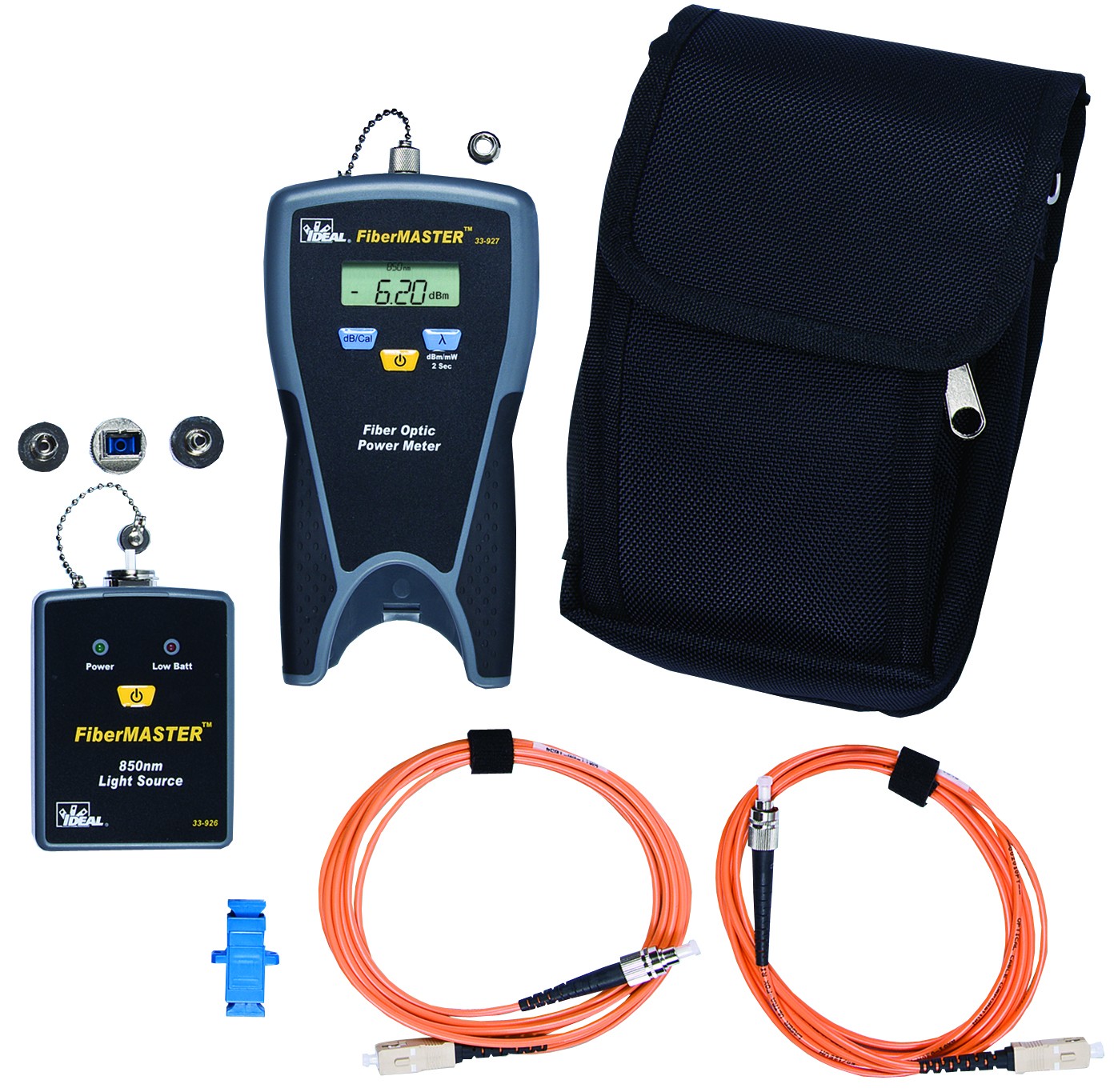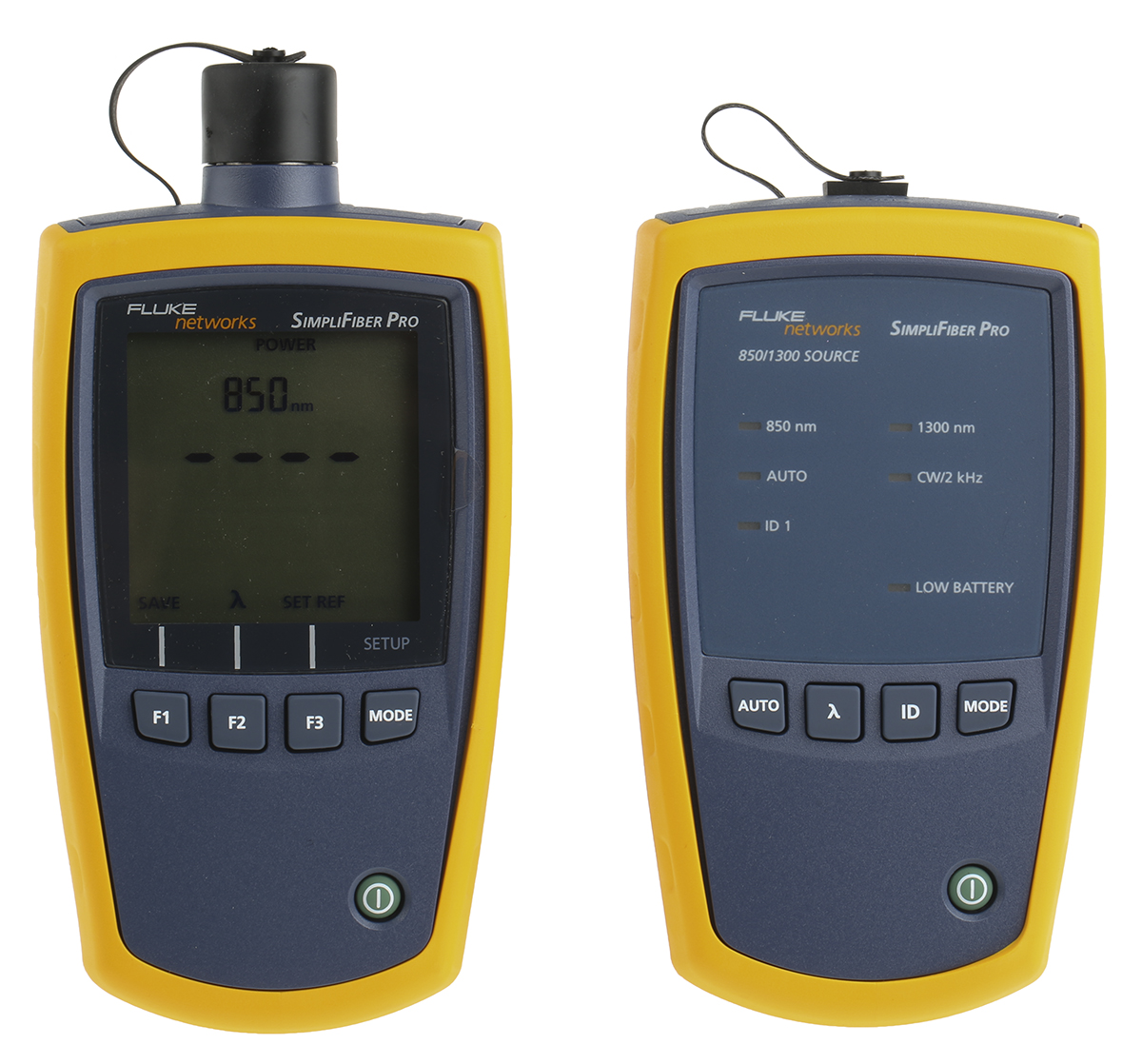Checking Out Advanced Techniques in Fiber Measurement and Their Sector Effect
In today's textile sector, precise fiber dimension is necessary for maximizing manufacturing procedures and conference sustainability objectives. With the surge of ingenious imaging and logical tools, you can acquire deeper insights into fiber structure and composition. This shift not just boosts efficiency yet also lines up with industry requirements. As these sophisticated strategies evolve, you could wonder how they can further change making methods and impact the future of fabrics.
The Importance of Accurate Fiber Measurement in Textile Production

Ingenious Imaging Technologies for Fiber Analysis
When it involves fiber evaluation, cutting-edge imaging modern technologies are video game changers. High-resolution microscopy methods and spectroscopic analysis approaches give you with thorough insights right into fiber structure and composition. These developments not only boost precision but additionally simplify your dimension processes.
High-Resolution Microscopy Techniques
High-resolution microscopy strategies have actually changed fiber analysis, allowing scientists to visualize fibers at extraordinary degrees of detail. With techniques like scanning electron microscopy (SEM) and transmission electron microscopy (TEM), you can observe fiber morphology, surface area functions, and cross-sections with impressive clearness. These strategies enable you to differentiate in between various fiber kinds and assess their architectural stability. You'll discover that high-resolution imaging helps determine defects, inclusions, and various other important qualities that can affect product efficiency. Advancements in electronic imaging software have boosted picture processing, making it much easier to assess and interpret information. By taking on these innovative strategies, you can drive greater accuracy in fiber measurement and add to improvements in numerous sectors, from textiles to compounds.
Spectroscopic Analysis Methods
Spectroscopic analysis methods have actually become powerful devices for fiber characterization, providing insights that enhance high-resolution microscopy. You can make use of methods like infrared (IR) spectroscopy, which aids identify the chemical make-up of fibers by determining molecular vibrations. Raman spectroscopy uses an additional layer of information, enabling you to evaluate molecular structures with spreading of single light. These approaches not just enhance your understanding of fiber properties yet additionally make it possible for the discovery of pollutants and structural variations. By integrating spectroscopic methods with conventional microscopy, you obtain a much more considerable view of fibers' physical and chemical features, boosting your research accuracy. Inevitably, these advancements can especially affect material selection and quality assurance in different industries.
Advanced Analytical Devices and Their Applications
As you explore the domain of fiber measurement, you'll discover that advanced analytical tools play a crucial function in improving precision and performance. Strategies like high-performance fluid chromatography (HPLC) and gas chromatography (GC) permit you to evaluate fiber make-up with outstanding accuracy. These devices enable you to identify particular elements and pollutants, making sure quality control in your products.Additionally, using scanning electron microscopy (SEM) gives you a detailed view of fiber structure, aiding you recognize how different treatments impact efficiency. Modern software application additionally improves data analysis, making it less complicated to translate intricate outcomes and team up throughout groups.

Influence of Fiber Measurement on Manufacturing Effectiveness
While exact fiber measurement might appear like a small information, it considerably impacts production effectiveness in the fabric sector. When you buy exact fiber dimension strategies, you can enhance raw material usage and decrease waste. This causes far better source allotment, enabling you to generate top notch textiles without overusing resources.By understanding fiber attributes, you can tailor manufacturing procedures to certain products, enhancing your workflow and minimizing downtime. For example, recognizing the precise tensile toughness of fibers lets you change equipment settings for optimum efficiency. This look at this website not only quickens manufacturing yet additionally assures constant product quality.Moreover, exact fiber dimension helps you determine issues early in the assembly line, preventing pricey reworks and hold-ups (optical measurement system). In general, carrying out sophisticated fiber dimension techniques streamlines operations, enhances effectiveness, and eventually increases productivity. In today's affordable market, every detail counts, and accurate fiber measurement is a game-changer
Sustainability Considerations in Fiber Evaluation Techniques
When you analyze fiber, it's necessary to ponder lasting techniques that can reduce environmental influence. Utilizing green dimension methods and lowering waste in your evaluations can considerably boost your total sustainability. In addition, incorporating lifecycle analysis into your strategies can supply a clearer photo of your fiber's ecological footprint.
Eco-Friendly Measurement Techniques
Thinking about the growing demand for sustainability in different markets, taking on green dimension techniques for fiber assessment has actually become vital. You can start by making use of non-toxic solvents and eco-friendly materials in your screening procedures. These choices not only reduce environmental effect yet additionally enhance safety for your team. Implementing electronic measurement strategies can better decrease waste, as they often need less physical samples and sources. In addition, leveraging innovative technologies like near-infrared spectroscopy can yield precise outcomes without unsafe chemicals. By picking these greener techniques, you add to a more sustainable future while maintaining high standards in fiber high quality. Eventually, integrating environment-friendly techniques into your fiber evaluation not only aligns with consumer worths however likewise increases your brand's online reputation.
Lowering Waste in Assessment
To properly reduce waste in fiber assessment, you can execute strategies that streamline your testing procedures and lessen source intake. Start by maximizing sample dimensions; utilizing smaller sized examples can generate accurate results while saving materials. Next off, invest in multifunctional tools that enables for different tests without requiring several devices, minimizing power and resource usage. You should also take into consideration adopting digital devices for information collection and analysis, which can lower paper waste and enhance effectiveness. On a regular basis training your team on lasting methods ensures everybody's on board with waste reduction goals. Lastly, teaming up with suppliers who prioritize sustainability can additionally enhance your efforts, allowing you to assess fibers while maintaining a dedication to environmental obligation.
Lifecycle Analysis Assimilation
Integrating lifecycle analysis (LCA) into fiber assessment methods can significantly enhance sustainability efforts. By analyzing the environmental impacts of fibers from production to disposal, you can identify areas for renovation. This technique aids you understand source intake, power usage, and waste generation throughout the fiber's life.When you incorporate LCA, you're not simply measuring fiber attributes; you're also taking into consideration the environmental footprint. This holistic view allows you to make enlightened decisions that prioritize sustainability. You could pick fibers that call for less resources or have a lower carbon impact. Eventually, LCA empowers you to optimize processes, decrease waste, and promote eco pleasant choices in fiber manufacturing, aligning your exercise with global sustainability goals.
Sector Specifications and Rules Forming Fiber Measurement
As the need for top notch fiber products expands, understanding the sector requirements and policies that regulate fiber dimension becomes vital. These standards assure uniformity, accuracy, and safety and security in the measurement process, which eventually influences product high quality. Organizations like ASTM International and ISO stated criteria that makers need to special info follow, covering various aspects such as fiber identification, toughness testing, and moisture content evaluation.

Future Patterns in Fiber Measurement and Textile Manufacturing
Just how will improvements in modern technology reshape fiber measurement and textile manufacturing? You'll see a change toward automation and real-time data evaluation, improving precision and efficiency. Smart sensing units will certainly keep track of fiber residential or commercial properties continually, allowing for instant changes in manufacturing. This implies you can expect better textiles with less waste.Moreover, AI and machine knowing will certainly predict trends in customer choices, making it possible for manufacturers to adjust rapidly. optical fibre diameter analyzer. By integrating blockchain technology, you'll have far better traceability of products, making sure sustainability and ethical sourcing.Virtual truth and augmented truth will certainly contribute as well, using click this site immersive training experiences for employees on fiber handling and manufacturing processes.As you welcome these adjustments, the textile sector will transform into a much more responsive, sustainable, and cutting-edge market, setting brand-new criteria for high quality and performance. The future of fiber measurement and textile manufacturing is brilliant, and it's time to obtain on board
Regularly Asked Questions
What Are one of the most Usual Fiber Types Measured in the Industry?
In the market, you'll commonly come across all-natural fibers like cotton and woollen, in addition to artificial choices such as polyester and nylon. Each kind has special properties, influencing their dimension and application in different items.
Just How Do Fiber Dimensions Influence Customer Item High Quality?
Fiber measurements directly affect customer product quality by making sure consistency, longevity, and performance. When you recognize these metrics, you can make educated choices, resulting in enhanced satisfaction and far better general experiences with the products you utilize.
What Training Is Needed for Fiber Dimension Technicians?
To become a fiber dimension technician, you'll require specialized training in fabric science, dimension strategies, and devices operation. Hands-on experience and qualifications can boost your skills, making you competent in exact fiber evaluation and high quality assurance.
Exist Any Kind Of Qualifications for Fiber Measurement Professionals?
Yes, there are qualifications for fiber dimension experts. You can pursue choices like the Certified Optical Fiber Service Technician (CFOT) or different industry-specific qualifications that enhance your proficiency and reliability in fiber dimension and screening.
How Can Small Companies Execute Fiber Measurement Techniques Properly?
You can apply fiber measurement strategies successfully by buying inexpensive tools, educating your team, and developing clear protocols. Work together with market specialists and continually improve your procedures to boost precision and performance in time.
 Kenan Thompson Then & Now!
Kenan Thompson Then & Now! Gia Lopez Then & Now!
Gia Lopez Then & Now! Loni Anderson Then & Now!
Loni Anderson Then & Now! Rachael Leigh Cook Then & Now!
Rachael Leigh Cook Then & Now! Jane Carrey Then & Now!
Jane Carrey Then & Now!